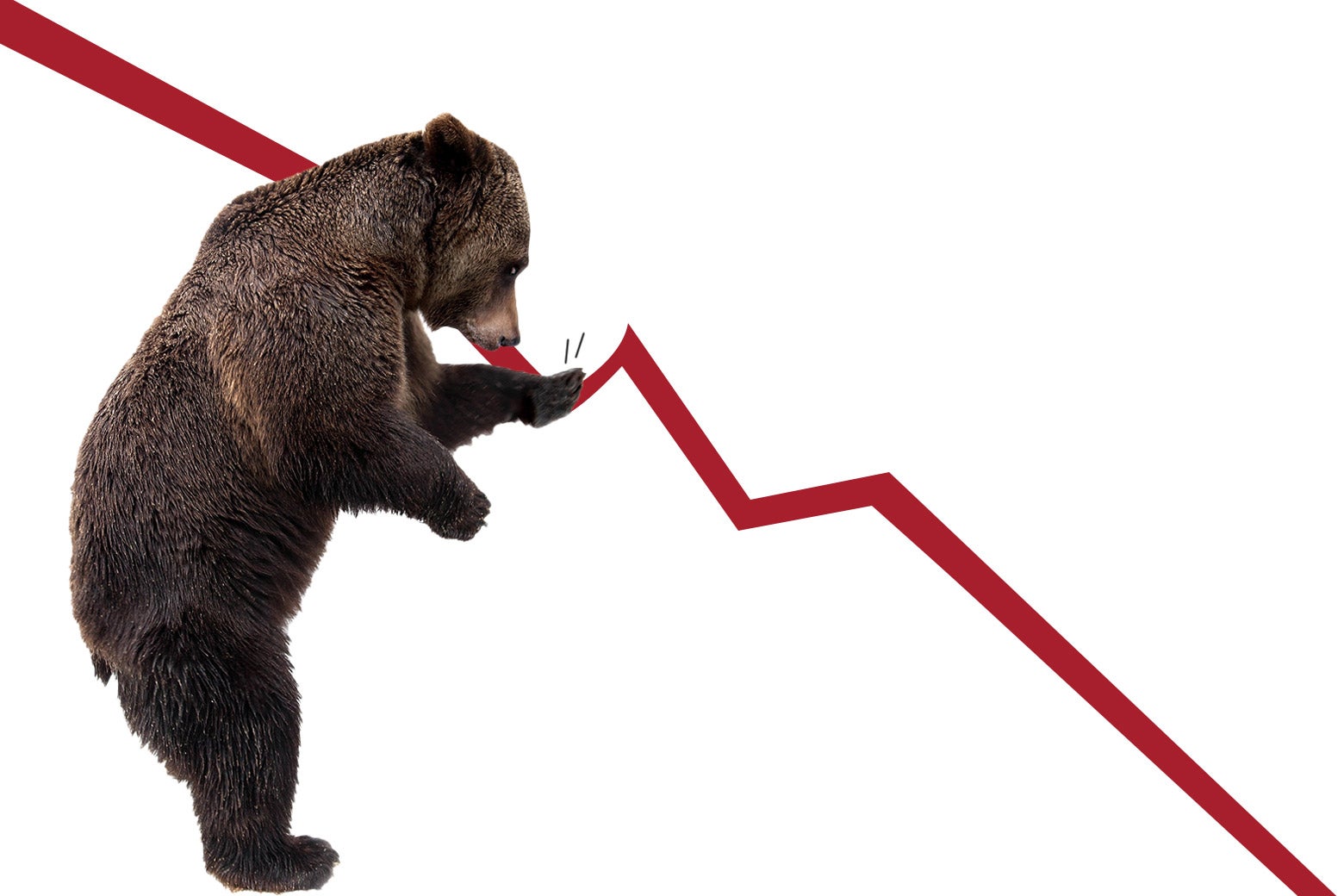Economy
Related: About this forumWhen will we get back to Dow 36000?
 ?width=780&height=520&rect=1560x1040&offset=0x0
?width=780&height=520&rect=1560x1040&offset=0x0| 4 votes, 1 pass | Time left: Unlimited | |
| 1 year | |
1 (25%) |
|
| 2 years | |
2 (50%) |
|
| 5 years | |
1 (25%) |
|
| 10 years | |
0 (0%) |
|
| Never! | |
0 (0%) |
|
| 1 DU member did not wish to select any of the options provided. | |
| Show usernames
Disclaimer: This is an Internet poll |
|
Warpy
(114,322 posts)Either there is a huge cash infusion to the people who need it least or the dollar will take a dive on world currency markets, making US stocks look cheap to overseas institutional investors.
I don't see either happening any time soon. I don't know if the market has bottomed out for now, but I do expect to see the Dow above 30K sooner rather than later, but that's just me. There are only so many places for the guys who pocketed $$ at the relative top of the market to put the cash now that it's lower.
Shermann
(9,001 posts)There could be a turnaround if this is deemed to be a "false recession". But I think a one-year recovery might be very optimistic to make that all back. The inflation boogeyman is still lurking by the clothesline.
Warpy
(114,322 posts)it doesn't represent the whole economy when it is on a slide back into realistic territory.
What remains to be seen is what happens to energy prices this winter, something that remains to be seen depending on how much trouble central Europe is in and Putin prefers to burn money rather than open the pipelines. We'll see how long he gets away with it.
Tomconroy
(7,611 posts)When they are on sale. I think it was about six years for the market to get back to it's 2008 level. That was an over 40% drop. So that gives you a yardstick.
Of course it took the Dow till the early 1950s to reach the 1929 peak. Probably won't take that long.
Fiendish Thingy
(21,778 posts)Go back and look at all the historic crashes and corrections, and how long it took them to regain lost ground.
With the exception of 1929 and possibly 2008, all other corrections regained losses within a year or less.
Shermann
(9,001 posts)...after the United States exited a recession to reach pre-recession levels.
https://www.fool.com/research/stock-performance-recessions/
So, 2 or 3 years is my guess.
Fiendish Thingy
(21,778 posts)In contrast, pullbacks of 40 percent or more, while occurring much less frequently, post an average recovery time of 58 months and can potentially compromise an investor’s financial plan. Pullbacks above 20 percent (including all pullbacks above 40 percent), which have registered the longest recovery periods, have been associated with economic recessions. When evaluating a market pullback, the probability of a recession is a key insight to consider when determining whether or not to reduce equity exposure.
While recessions are readily identifiable in hindsight, prospectively they can be difficult to spot. This makes access to reliable market analysis all the more important when determining the probability of a recession.
So far this year, the Dow has shed 23%, the S&P -21%
Shermann
(9,001 posts)Why would historical data prior to 2000 be a better indicator of where today's markets will go?